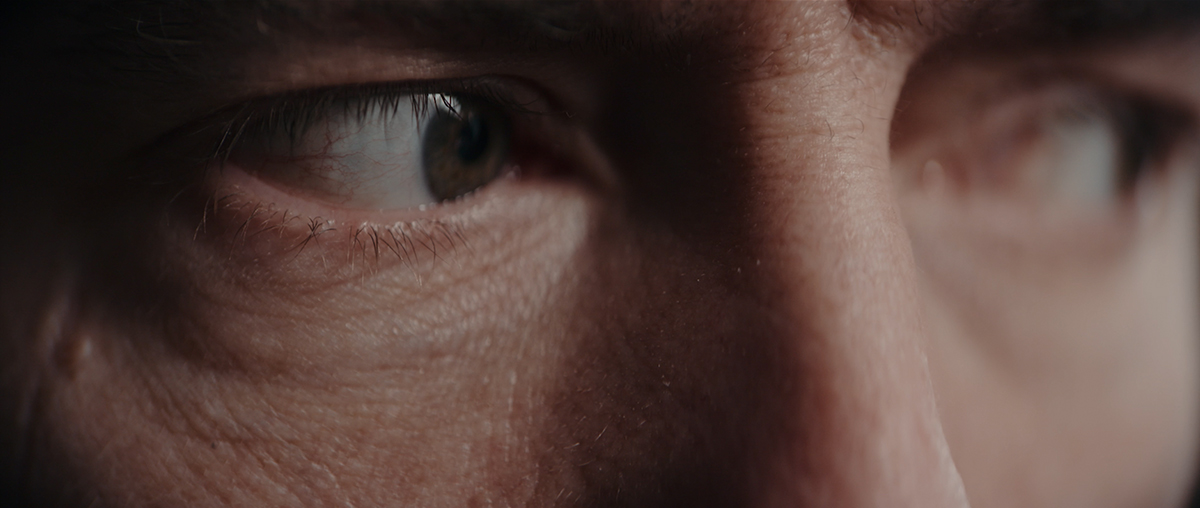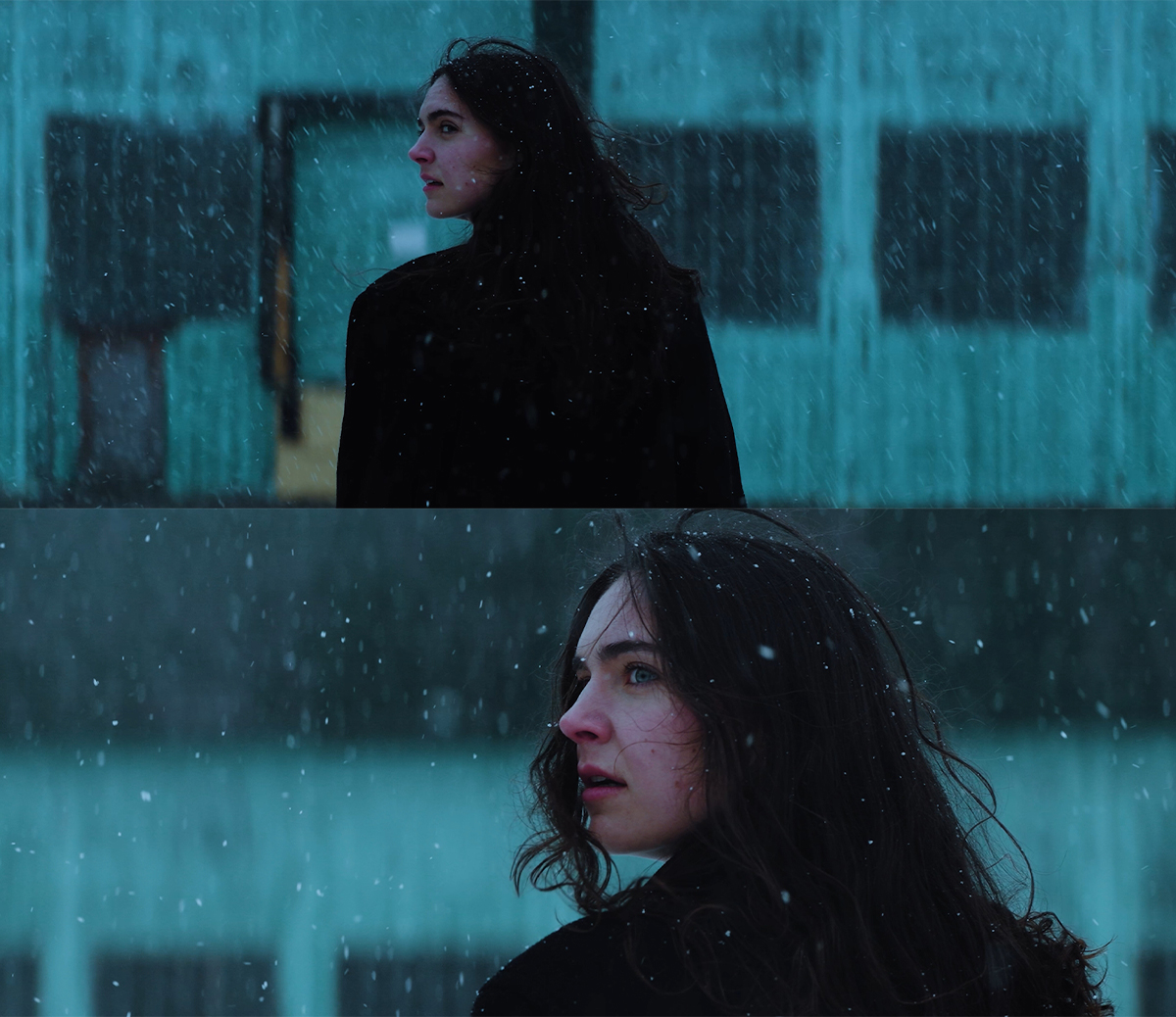Introduction to Anamorphic Lenses
Anamorphic lenses have revolutionized the film industry by enabling filmmakers to capture wide images while preserving high resolution and aesthetic appeal. These specialized lenses distort images horizontally, allowing for a wider aspect ratio without compromising pixel density. For creators aiming to achieve a cinematic look, investing in an anamorphic lens is essential, as it adds depth and character to film projects. The use of these lenses enhances the storytelling process by providing a unique visual experience that is both engaging and memorable for audiences.

What Makes Anamorphic Lenses Unique?
The unique characteristics of anamorphic lenses lie in their optical design, which compresses the image during capture and expands it during projection. This process contributes to their signature ‘cinematic’ flair, including oval bokeh and lens flares that cinematographers often seek. A real-world example can be found in the prominent use of anamorphic lenses in blockbuster films like “Blade Runner 2049” and “Avatar,” where the breathtaking visuals were prominently supported by these lenses. Users should consider how an anamorphic lens can elevate their projects by providing these distinctive visual elements, enhancing the overall production value and audience engagement.
The Impact of Cinema Lens Anamorphic on Filmmaking
Utilizing a cinema lens anamorphic not only affects the visual aesthetics but also influences the storytelling aspect of filmmaking. These lenses are designed to create an immersive experience, drawing viewers into the narrative. Consider the film “Kingsman: The Secret Service,” where the use of anamorphic lenses facilitated dynamic action sequences that captured the audience’s attention. This capability for enhanced storytelling through visual means is vital in today’s crowded media landscape, where captivating viewers within the first few moments can drastically affect audience retention. Therefore, understanding the intricate benefits of a cinema lens anamorphic is indispensable for filmmakers striving for excellence in their visual storytelling.

Conclusion: Choosing the Right Manufacturer for Anamorphic Lenses
In summary, the use of anamorphic lenses, particularly the anamorphic lens, and cinema lens anamorphic, is vital for filmmakers seeking to improve visual storytelling. The advantages they offer in cinematic quality and narrative enhancement are profound. It is crucial to select a reliable manufacturer known for quality craftsmanship and affordable pricing. Dzofilm has established itself as a leading provider of anamorphic lenses, offering a variety of products that cater to differing filmmaking needs. With their supply advantages, filmmakers can trust Dzofilm as a partner in bringing their creative visions to life.
